Bikes
- - 20 %
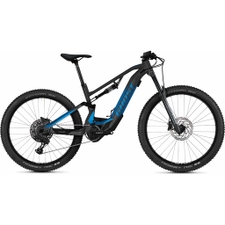 GhostE-ASX 160 Essential E-Bike Dark Grey / Bright Blue - MattMSRP 4699,95 €3759,95 €Available Sizes:S
GhostE-ASX 160 Essential E-Bike Dark Grey / Bright Blue - MattMSRP 4699,95 €3759,95 €Available Sizes:S - - 23 %
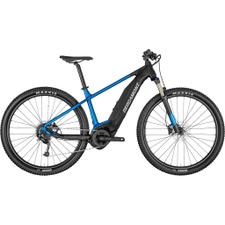 BergamontE-Revox 4 E-Bike Radiant Blue / BlackMSRP 2598,95 €1999,95 €Available Sizes:S
BergamontE-Revox 4 E-Bike Radiant Blue / BlackMSRP 2598,95 €1999,95 €Available Sizes:S - - 22 %
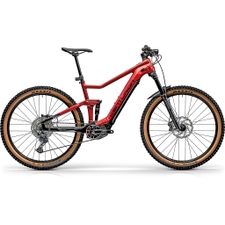 CenturionNo Pogo F860i E-Bike InfrarotMSRP 5098,95 €3999,95 €Available Sizes:S
CenturionNo Pogo F860i E-Bike InfrarotMSRP 5098,95 €3999,95 €Available Sizes:S - - 20 %
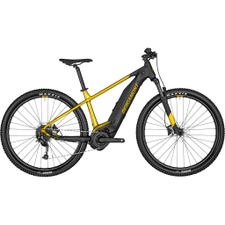 BergamontE-Revox 4 E-Bike Yellow GoldMSRP 2898,95 €2319,95 €Available Sizes:S
BergamontE-Revox 4 E-Bike Yellow GoldMSRP 2898,95 €2319,95 €Available Sizes:S - new
 BergamontGrandurance RD 3 Gravelbike Shiny Mirror Blue1398,95 €Available Sizes:555861
BergamontGrandurance RD 3 Gravelbike Shiny Mirror Blue1398,95 €Available Sizes:555861 - new
 BergamontGrandurance 8 Gravelbike Shiny Mirror Green1998,95 €Available Sizes:555861
BergamontGrandurance 8 Gravelbike Shiny Mirror Green1998,95 €Available Sizes:555861 - - 20 %
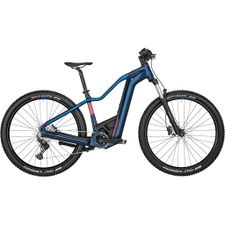 BergamontE-Revox Premium SportFMN E-Bike Pazific Blue WomenMSRP 3898,95 €3119,95 €Available Sizes:SML
BergamontE-Revox Premium SportFMN E-Bike Pazific Blue WomenMSRP 3898,95 €3119,95 €Available Sizes:SML - - 20 %
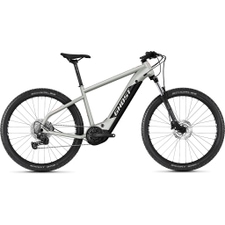 GhostE-Teru Y Universal E-Bike Light Grey Pearl / Black - MattMSRP 3399,95 €2719,95 €Available Sizes:S
GhostE-Teru Y Universal E-Bike Light Grey Pearl / Black - MattMSRP 3399,95 €2719,95 €Available Sizes:S - - 20 %
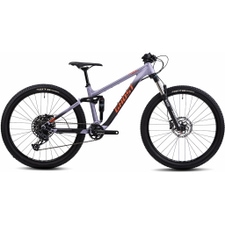 GhostRiot Youth Pro AL Mountainbike Purple Grey / Black / Monarch Orange / Matt KidsMSRP 1998,95 €1599,95 €Available Sizes:XS
GhostRiot Youth Pro AL Mountainbike Purple Grey / Black / Monarch Orange / Matt KidsMSRP 1998,95 €1599,95 €Available Sizes:XS - - 22 %
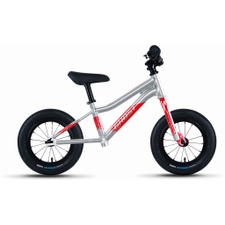 GhostPowerkiddy 12 Kids Bike Rainbow Silver / Riot Red - Glossy KidsMSRP 128,95 €99,95 €One size
GhostPowerkiddy 12 Kids Bike Rainbow Silver / Riot Red - Glossy KidsMSRP 128,95 €99,95 €One size - - 25 %new
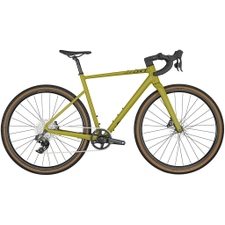 ScottSpeedster Gravel 10 GravelbikeMSRP 2998,95 €2249,95 €Available Sizes:MXL
ScottSpeedster Gravel 10 GravelbikeMSRP 2998,95 €2249,95 €Available Sizes:MXL - new
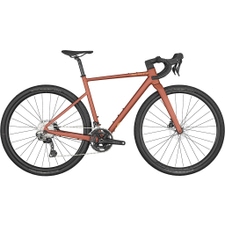 ScottContessa Speedster Gravel 15 Gravelbike Marsala Pink Women1998,95 €Available Sizes:XSSM
ScottContessa Speedster Gravel 15 Gravelbike Marsala Pink Women1998,95 €Available Sizes:XSSM
- - 10 %new
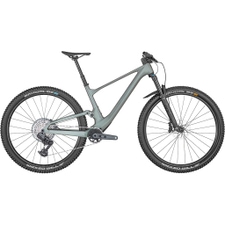 ScottSpark 920 TR Mountainbike Prism Grey Green GlossMSRP 5498,95 €4949,95 €Available Sizes:ML
ScottSpark 920 TR Mountainbike Prism Grey Green GlossMSRP 5498,95 €4949,95 €Available Sizes:ML
- - 10 %new
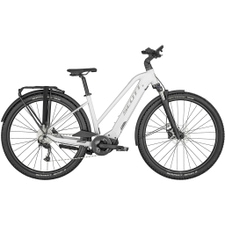 ScottSub Cross eRide 20 EQ E-Bike WomenMSRP 3498,95 €3149,95 €Available Sizes:M
ScottSub Cross eRide 20 EQ E-Bike WomenMSRP 3498,95 €3149,95 €Available Sizes:M - - 10 %new
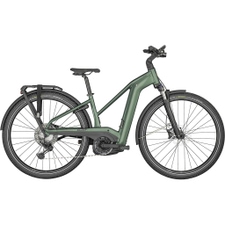 ScottSub Sport eRide 10 E-Bike WomenMSRP 3998,95 €3599,95 €Available Sizes:SM
ScottSub Sport eRide 10 E-Bike WomenMSRP 3998,95 €3599,95 €Available Sizes:SM - - 10 %new
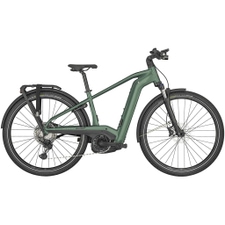 ScottSub Sport eRide 10 E-Bike MenMSRP 3998,95 €3599,95 €Available Sizes:ML
ScottSub Sport eRide 10 E-Bike MenMSRP 3998,95 €3599,95 €Available Sizes:ML - new
 BergamontGrandurance 4 Gravelbike1198,95 €Available Sizes:52555861
BergamontGrandurance 4 Gravelbike1198,95 €Available Sizes:52555861 - new
 ScottSpeedster Gravel 30 EQ Gravelbike2198,95 €Available Sizes:M
ScottSpeedster Gravel 30 EQ Gravelbike2198,95 €Available Sizes:M - - 36 %new
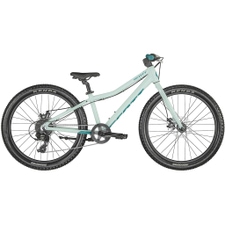 ScottContessa 24 Rigid Kinderbike Spray Blue / Anthracite KidsMSRP 548,95 €349,95 €One size
ScottContessa 24 Rigid Kinderbike Spray Blue / Anthracite KidsMSRP 548,95 €349,95 €One size - - 25 %new
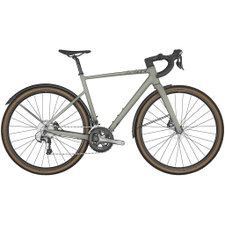 ScottSpeedster Gravel 40 EQ GravelbikeMSRP 1698,95 €1274,95 €Available Sizes:XSSMLXL
ScottSpeedster Gravel 40 EQ GravelbikeMSRP 1698,95 €1274,95 €Available Sizes:XSSMLXL - - 20 %
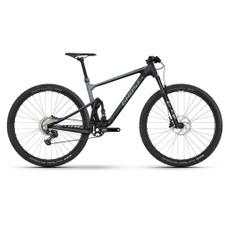 GhostLector FS SF Essential Mountainbike Carbon / Dark Grey - GlossyMSRP 4698,95 €3759,95 €Available Sizes:ML
GhostLector FS SF Essential Mountainbike Carbon / Dark Grey - GlossyMSRP 4698,95 €3759,95 €Available Sizes:ML - - 30 %new
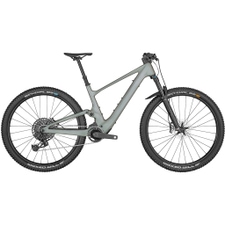 ScottLumen eRide 900 E-BikeMSRP 9998,95 €6999,95 €Available Sizes:SMLXL
ScottLumen eRide 900 E-BikeMSRP 9998,95 €6999,95 €Available Sizes:SMLXL - - 25 %new
 ScottSpeedster Gravel 20 Gravelbike Prism Olive BlackMSRP 2198,95 €1649,95 €Available Sizes:SML
ScottSpeedster Gravel 20 Gravelbike Prism Olive BlackMSRP 2198,95 €1649,95 €Available Sizes:SML - - 25 %new
 BergamontE-Contrail SUV Expert E-BikeMSRP 5198,95 €3899,95 €Available Sizes:ML
BergamontE-Contrail SUV Expert E-BikeMSRP 5198,95 €3899,95 €Available Sizes:ML - - 15 %new
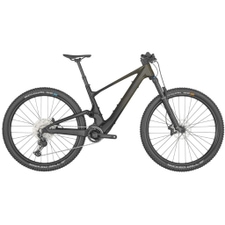 ScottLumen eRide 910 E-Bike Raw Carbon Gloss / Yellow FlakesMSRP 6998,95 €5949,95 €Available Sizes:SMLXL
ScottLumen eRide 910 E-Bike Raw Carbon Gloss / Yellow FlakesMSRP 6998,95 €5949,95 €Available Sizes:SMLXL - - 15 %new
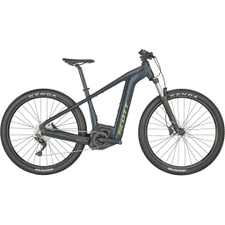 ScottAspect eRide 930 E-Bike Grey Petrol Blue / Silver YellowMSRP 3398,95 €2889,95 €Available Sizes:SML
ScottAspect eRide 930 E-Bike Grey Petrol Blue / Silver YellowMSRP 3398,95 €2889,95 €Available Sizes:SML
- - 20 %
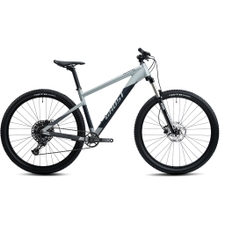 GhostNirvana Tour SF Mountainbike Light Grey Pearl / Dark Grey - GlossyMSRP 1398,95 €1119,95 €Available Sizes:L
GhostNirvana Tour SF Mountainbike Light Grey Pearl / Dark Grey - GlossyMSRP 1398,95 €1119,95 €Available Sizes:L - - 20 %
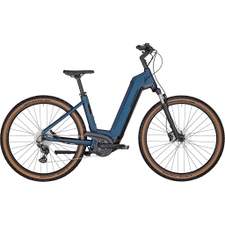 BergamontE-Horizon Suv Cross E-Bike Pacific BlueMSRP 3398,95 €2719,95 €Available Sizes:52
BergamontE-Horizon Suv Cross E-Bike Pacific BlueMSRP 3398,95 €2719,95 €Available Sizes:52 - - 20 %
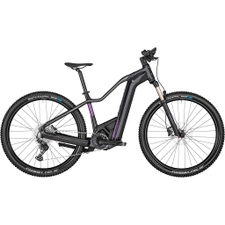 BergamontE-Revox Premium Expert FMN E-Bike Flaky Black WomenMSRP 4198,95 €3359,95 €Available Sizes:S
BergamontE-Revox Premium Expert FMN E-Bike Flaky Black WomenMSRP 4198,95 €3359,95 €Available Sizes:S - new
 BergamontGrandurance Elite Gravelbike3398,95 €Available Sizes:50545761
BergamontGrandurance Elite Gravelbike3398,95 €Available Sizes:50545761 - - 10 %new
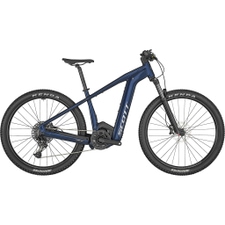 ScottAspect eRide 910 E-Bike Dark Stellar Blue / Brushed SilverMSRP 3998,95 €3599,95 €Available Sizes:MLXL
ScottAspect eRide 910 E-Bike Dark Stellar Blue / Brushed SilverMSRP 3998,95 €3599,95 €Available Sizes:MLXL
- - 15 %new
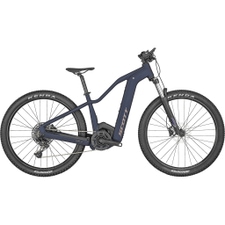 ScottContessa Active eRide 920 E-Bike Eclipse Blue / Pink Brushed WomenMSRP 3798,95 €3229,95 €Available Sizes:M
ScottContessa Active eRide 920 E-Bike Eclipse Blue / Pink Brushed WomenMSRP 3798,95 €3229,95 €Available Sizes:M
- new
 ScottSpeedster Gravel 10 Gravelbike2998,95 €Available Sizes:ML
ScottSpeedster Gravel 10 Gravelbike2998,95 €Available Sizes:ML - - 10 %new
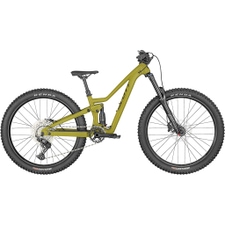 ScottRansom 600 Kinderbike Savannah Green / Black KidsMSRP 1998,95 €1799,95 €One size
ScottRansom 600 Kinderbike Savannah Green / Black KidsMSRP 1998,95 €1799,95 €One size - - 10 %new
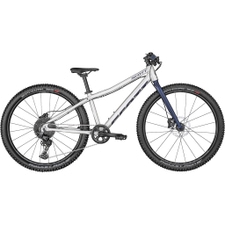 ScottScale RC 600 Kinderbike Cool Raw Alloy / Dark Blue KidsMSRP 998,95 €899,95 €One size
ScottScale RC 600 Kinderbike Cool Raw Alloy / Dark Blue KidsMSRP 998,95 €899,95 €One size - - 10 %new
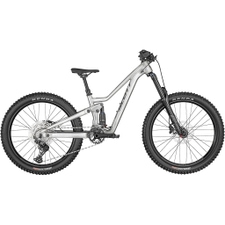 ScottRansom 400 Kinderbike Cool Raw Alloy / Black KidsMSRP 1998,95 €1799,95 €One size
ScottRansom 400 Kinderbike Cool Raw Alloy / Black KidsMSRP 1998,95 €1799,95 €One size - - 15 %new
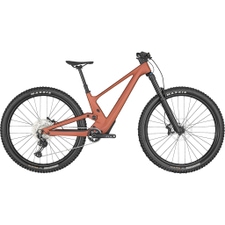 ScottContessa Genius 920 Mountainbike Marsala Pink WomenMSRP 4498,95 €3824,95 €Available Sizes:SM
ScottContessa Genius 920 Mountainbike Marsala Pink WomenMSRP 4498,95 €3824,95 €Available Sizes:SM
- - 10 %new
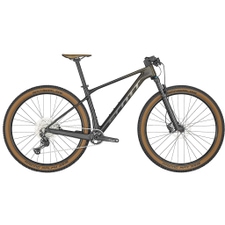 ScottScale 925 Mountainbike Raw Carbon / Yellow Flakes / ChromeMSRP 2398,95 €2159,95 €Available Sizes:MLXL
ScottScale 925 Mountainbike Raw Carbon / Yellow Flakes / ChromeMSRP 2398,95 €2159,95 €Available Sizes:MLXL - - 10 %new
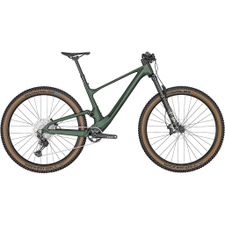 ScottSpark 930 Mountainbike Wakame Green / Chandon BeigeMSRP 4298,95 €3869,95 €Available Sizes:ML
ScottSpark 930 Mountainbike Wakame Green / Chandon BeigeMSRP 4298,95 €3869,95 €Available Sizes:ML
- - 11 %new
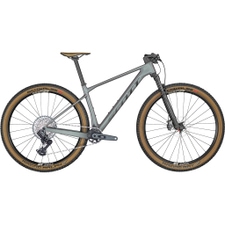 ScottScale RC Team Issue TR Mountainbike Mineral Green / BlackMSRP 4498,95 €3999,95 €Available Sizes:ML
ScottScale RC Team Issue TR Mountainbike Mineral Green / BlackMSRP 4498,95 €3999,95 €Available Sizes:ML - - 11 %new
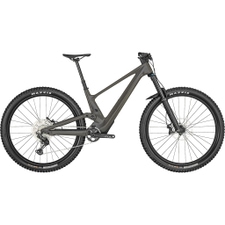 ScottGenius 920 Mountainbike Raw Carbon Gloss / Brushed SilverMSRP 4498,95 €3999,95 €Available Sizes:ML
ScottGenius 920 Mountainbike Raw Carbon Gloss / Brushed SilverMSRP 4498,95 €3999,95 €Available Sizes:ML
- - 11 %new
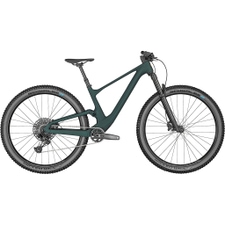 ScottContessa Spark 920 Mountainbike Dark Petrol / Pink Brushed WomenMSRP 3798,95 €3399,95 €Available Sizes:SM
ScottContessa Spark 920 Mountainbike Dark Petrol / Pink Brushed WomenMSRP 3798,95 €3399,95 €Available Sizes:SM - - 10 %new
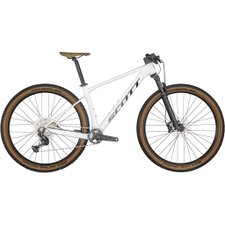 ScottScale 930 Mountainbike Pearl Snow White / BlackMSRP 1998,95 €1799,95 €Available Sizes:SM
ScottScale 930 Mountainbike Pearl Snow White / BlackMSRP 1998,95 €1799,95 €Available Sizes:SM - - 11 %new
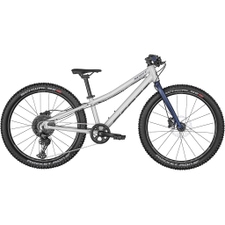 ScottScale RC 400 Kinderbike Cool Raw Alloy / Dark Blue KidsMSRP 898,95 €799,95 €One size
ScottScale RC 400 Kinderbike Cool Raw Alloy / Dark Blue KidsMSRP 898,95 €799,95 €One size - - 34 %new
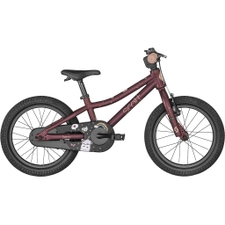 ScottContessa 16 Kinderbike Wine Purple / Crystal Pink KidsMSRP 378,95 €249,95 €One size
ScottContessa 16 Kinderbike Wine Purple / Crystal Pink KidsMSRP 378,95 €249,95 €One size - - 35 %new
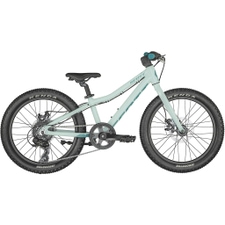 ScottContessa 20 Rigid Kinderbike Surf Spray Blue / Anthracite KidsMSRP 498,95 €324,95 €One size
ScottContessa 20 Rigid Kinderbike Surf Spray Blue / Anthracite KidsMSRP 498,95 €324,95 €One size - - 34 %new
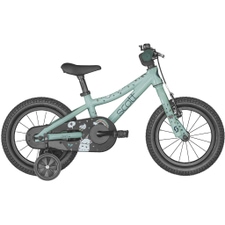 ScottContessa 14 Kinderbike Soft Mint / Teal Green KidsMSRP 378,95 €249,95 €One size
ScottContessa 14 Kinderbike Soft Mint / Teal Green KidsMSRP 378,95 €249,95 €One size - - 34 %new
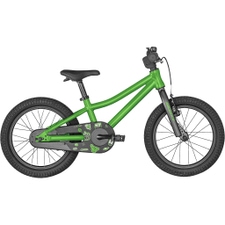 ScottRoxter 16 Kinderbike Smith Green / Dark Grey KidsMSRP 378,95 €249,95 €One size
ScottRoxter 16 Kinderbike Smith Green / Dark Grey KidsMSRP 378,95 €249,95 €One size



„I thought of that while riding my bicycle.“
- Albert Einstein -
Bicycles have inspired people for more than a century and have a firm place in society and in sports. Large cargo spaces, balloon or whitewall tyres - these things existed even earlier, back then "urban cargo bikes" were called baker's bicycles. The bicycle ensured subsistence for generations. From the original means of transport and mobility, a whole variety of uses have emerged, and from these => today the most diverse subcategories and variations.
With this guide, we will help you to get an overview in your search for the right bicycle.
What is important when buying a bicycle?
That depends on your wishes. Think about the type of terrain you want to ride on and if the bike will be used for sports or everyday use. First of all! Neither excludes the other! However, different components and equipment lead to different weights and different riding characteristics. Not every bike is suitable for the mountain and not all bikes can be ridden in comfort in road traffic.
You can find the following four categories in our bike section:
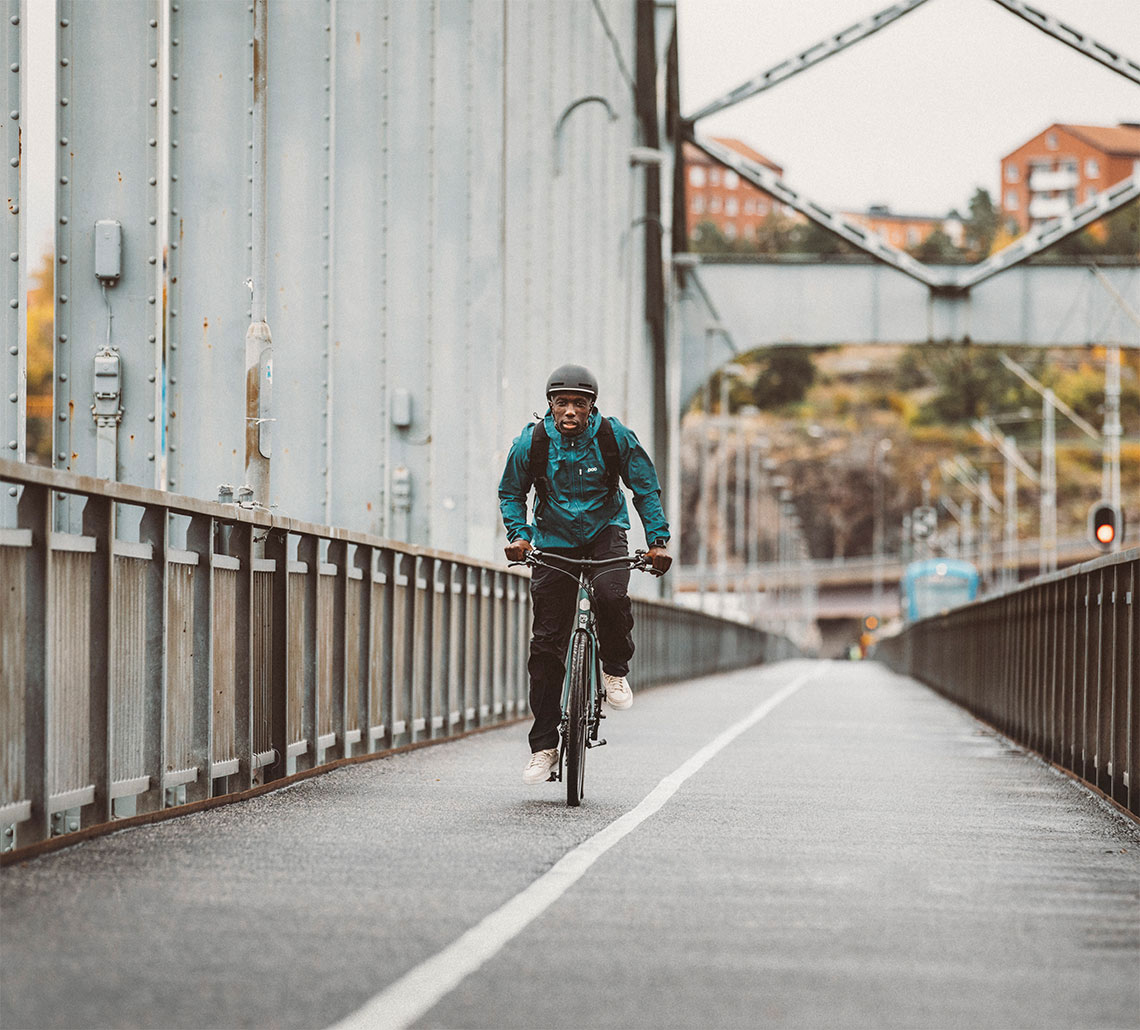
Mountain bikes
Here you will find bikes that love to be ridden off-road, away from paved roads and wide cycle paths. Mountain bikes offer a wide range of uses thanks to stable frame designs and comfortable geometries. Mountain bikes, whether hardtail or full suspension, are characterised by wide handlebars, large tyres with plenty of grip and light gears. If you are looking for a light and manoeuvrable bike for every off-road adventure, you will certainly find what you are looking for here!
E-bikes
Would you like to have a little support? In the e-bikes category you will find all bikes with a motor and battery unit, regardless of the area of use. In addition to off-road or road suitability, the bikes differ in terms of drive manufacturer (motor or engine) and battery capacity. The combination of motor, battery and tyres has a major influence on the range of e-bikes. Here you can find everything from e-city bikes to e-enduros with powerful Bosch Performance Line motors.
Gravel bikes
Dropper handlebars and back to cross-country style. Gravel bikes look like road bikes with wide tyres and handlebars, but they are so much more. The geometries of modern gravel bikes are based more on measurements of mountain bikes and are perfect for those who want to escape the traffic of the road. The mix of sporty riding position and direct power transmission ensures maximum fun on forest roads or easy trails.
Kids' bikes
Here you'll find everything for the next generation! Bikes with 16 to 26 inch wheels provide the entry into the world of cycling. Bikes with disc brake systems offer the best conditions and huge fun for the young professionals.
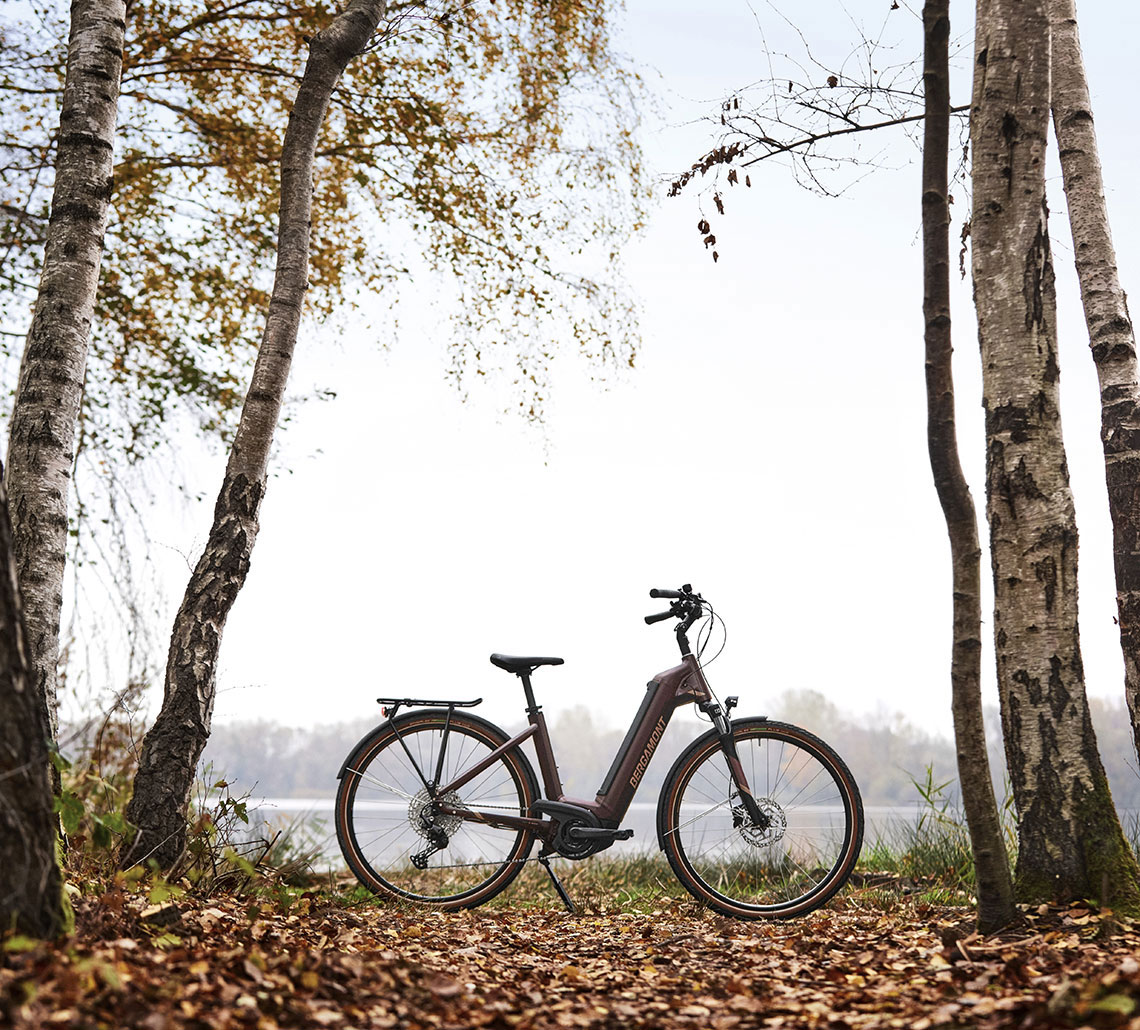
The right choice of components
Rim or disc brake?
We only offer rim brakes for children's bikes. The advantages of disc brakes outweigh the disadvantages in terms of braking power and durability on long descents or wet surfaces. In addition, with a hydraulic disc brake you need considerably less force on your fingers and thus benefit from better dosing.
Depending on the manufacturer, model and accessibility, worn brake pads can also be replaced with a little practice. In addition to the different designs of the manufacturers, the construction of the brake calipers also varies for disc brakes. Some are made in two parts, others are cast or milled in one piece. This leads to direct power transmission and a firm pressure point and also prevents the brake calipers from being pushed apart during the braking process.
There are also some differences in the area of the brake pistons. Brake calipers on e-bikes and trail bikes are more often equipped with four brake pistons instead of two. This allows brake pads to be used, that create a larger braking surface on the disc. The braking force is increased and has a more consistent effect during longer use.
Different materials are used in the components of a brake system, which have a direct effect on performance. Bicycles in the higher price segment are often built with brake discs that have an aluminium core, which ensures that the heat generated by friction is transferred more quickly. This also applies to the construction of the brake pads. The brake pad itself is being made of various material mixtures based on the type, some are bonded to an aluminium backing plate.
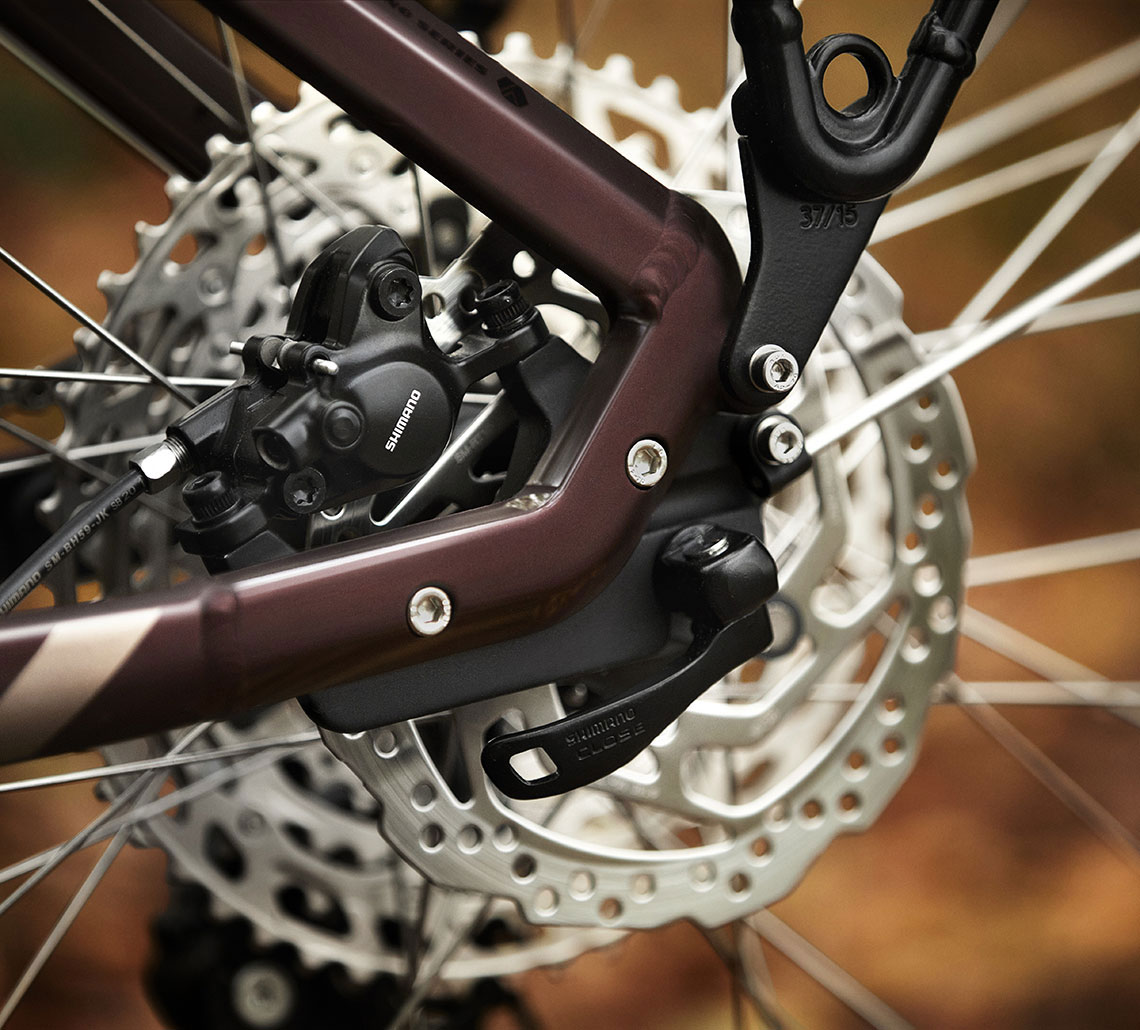
Shifting and gears? With or without front derailleur?
A few years ago, the number of gears was the most important indicator of a drive's performance, but today the range of gear ratios is decisive.
Due to gear overlaps and chainring mounts on e-bike motors, the use of single drives standard nowadays. This means that there is only one chainring on the crank and the cassette has up to twelve sprockets at the rear. The size of the chainring varies from 30 to 40 teeth depending on the area of use and gear ratio. The rear cassette has a small sprocket with around 10 teeth and runs in ergonomic gear steps to the largest sprocket with up to 52 teeth. The rear derailleurs have a longer cage and a stronger spring tension instead of the old versions for 10-speed drives with front derailleurs.
The combination of optimised rear derailleur and adapted chainring prevents the chain from falling off even in the case of strong impacts. In addition, the 1x12 drive saves additional wear parts, as well as a bit of extra weight and allows easy cleaning and maintenance of the drive components.
But! Due to the wide gear ratio range, shifting jumps are much more noticeable. In classic road riding, like on road bikes, front derailleurs are still used. The gear ratio frame of road cassettes extends from 11 to a maximum of 34 sprockets. This ensures a better adaptation of the cadence in case of small differences in the road´s inclination. If you are currently looking for a suitable gravel bike, it is best to look at the component details of the installed drive. Especially for gravel bikes that are sometimes ridden on roads or flat forest paths, a front derailleur with a compact crank and a cassette with small gear steps are still a good choice.
You like the colour of the bike, but would like to be flexible with the drivetrain? That's basically no problem! As long as the bike is still derailleur-compatible, a compact group can be installed at any time within the drive manufacturer.
If you have any questions, please contact our support!
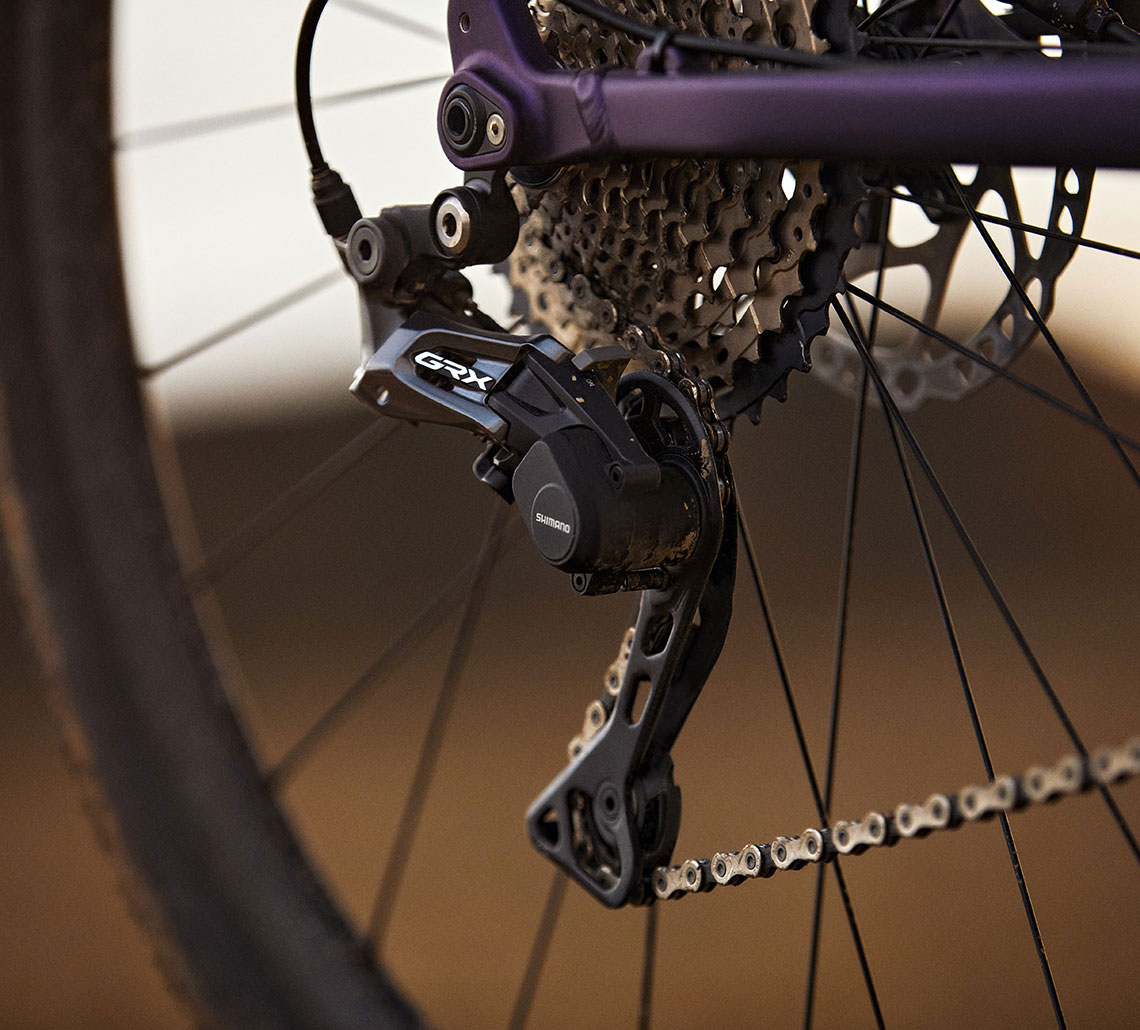
The golden ratio
Frame and wheel size?
That's related? Certainly! Some time ago, the actual frame size of the bike was given in inches in addition to the wheel size. This is now simplified in that the majority of manufacturers specify their frame size from XXS to XXL. The wheel size is still given in inches and varies between 27.5 inches and 29 inches for the same models as in the e-bikes, mountain bikes and trail bikes category. Some bikes in size S have 27.5 inch wheels, while size M and larger have 29 inch wheels. This creates more comfortable standover heights for people with shorter inner leg lengths.
This information is always listed on the item page.
Attention! For children's bikes, the wheel size is still used as a reference and is directly related to the child's height and inside leg length.
But how should I know whether I need a bike in size S, M or L?
The quickest and easiest way to get this information is directly from the manufacturer's size chart. Here all sizes are defined in ranges that resemble a kind of bargraph. Size M is recommended - depending on the manufacturer - for a body height of 165 - 175 cm. The surrounding sizes overlap. This means, for example, that a person with a body height of 175 cm could already use size L. The ideal choice then depends on whether the person has longer or shorter arms or legs and, depending on the area of use, prefers quiet or manoeuvrable riding characteristics. Many manufacturers use the reach and stack dimensions to define the size. Both are closely related and provide information about the proportions of a bicycle frame.
Do you still have an old bike that fits you well? Then simply take a tape measure and note down the seat and top tube lengths or look for measurements on the frame. This information can be compared in the geometry overview of the bikes.
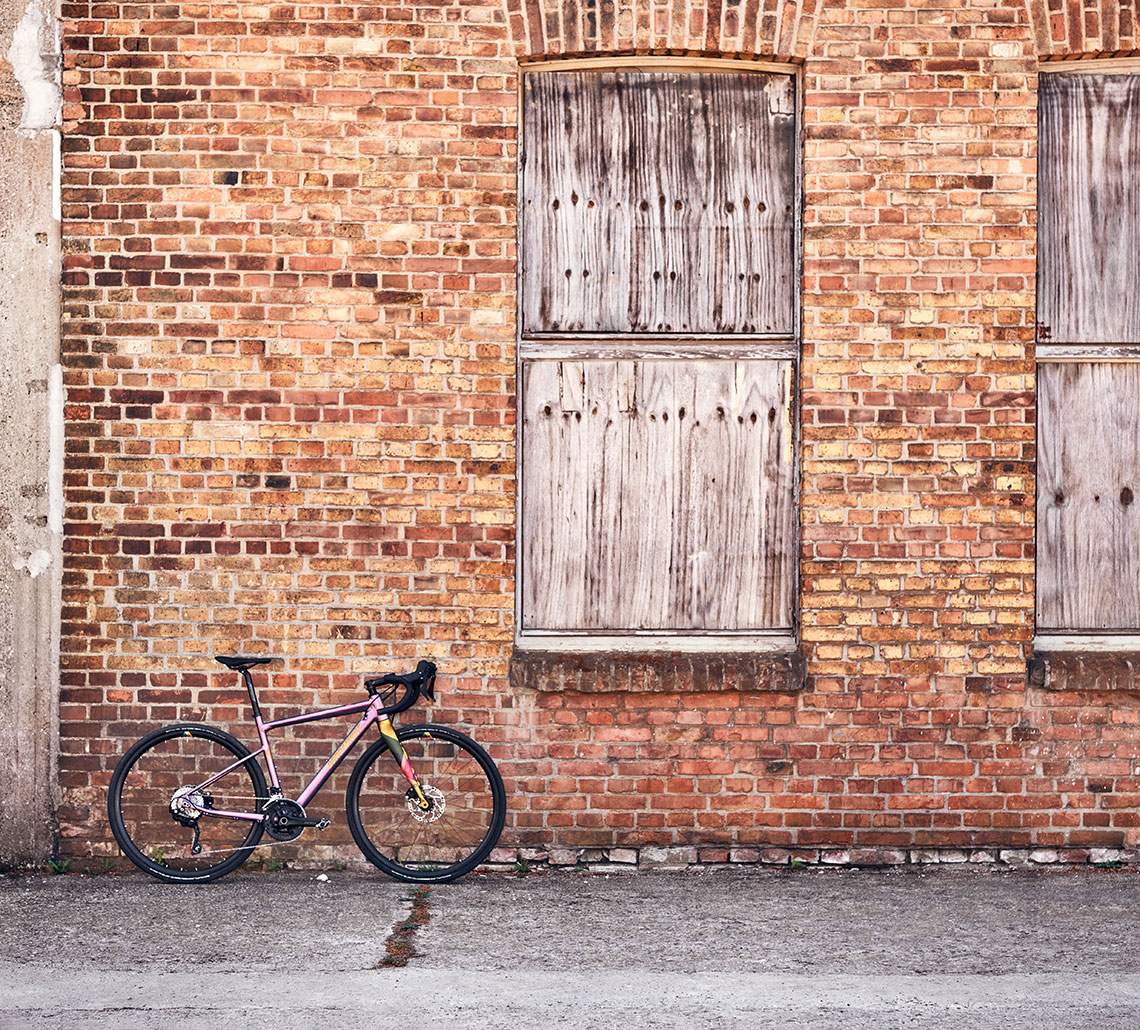
The recipe for maximum fun on the bike!
The scope of delivery of the bikes sometimes only includes pedals and reflectors and, in the fewest cases, a battery light unit. This means that you have to choose everything else yourself. Of course, the choice depends on the intended use, but we will still help you with a list of ingredients!
• 180 - 1120g Helmet:
Yes, your hairstyle always suffers a little when you wear a helmet ... But! You significantly reduce the risk of a serious head injury! Whether it's just going to the bakery, riding uphill or on the long descent down the pass. Often it is not your fault that a crash happens. Modern bike helmets not only look damn good, but can also absorb extremely high impact forces.
Important! Helmets always have an expiry date! Replace your helmet after 5 years at the latest!
- 1 teaspoon of glasses:
Be aware that you are travelling a bit faster on your bike than on foot, so even a bee flying towards you at 25 km/h will hurt. In addition, your eyes will be protected from wind and sunlight.
• 1 Breeze of light
Make sure you are clearly visible, especially in traffic. The right lighting system helps you to do this. Depending on the manufacturer and model, you can choose between
rechargeable batteries or use conventional 2A or 3A batteries. Also pay attention to the specified light intensity, the battery life and the mounting options on the bike.
• 1 - 2 litres of water in bottles / reservoir
To ensure that you are always hydrated, make sure that you have the option of mounting bottle cages on the bike. On many e-bikes this is a little more challenging, because there is sometimes not much space. Alternatively, use hydration systems that you can take with you in your backpack or hip-pack.
• 1 handful of tools
Have a small tool bag with a multi-function tool, tyre levers, air pump, puncture repair kit and spare parts, tyre levers, air pump, repair kit and spare inner tube. You'll always be mobile!
Did we forget anything? Just have a look at the mounting parts category
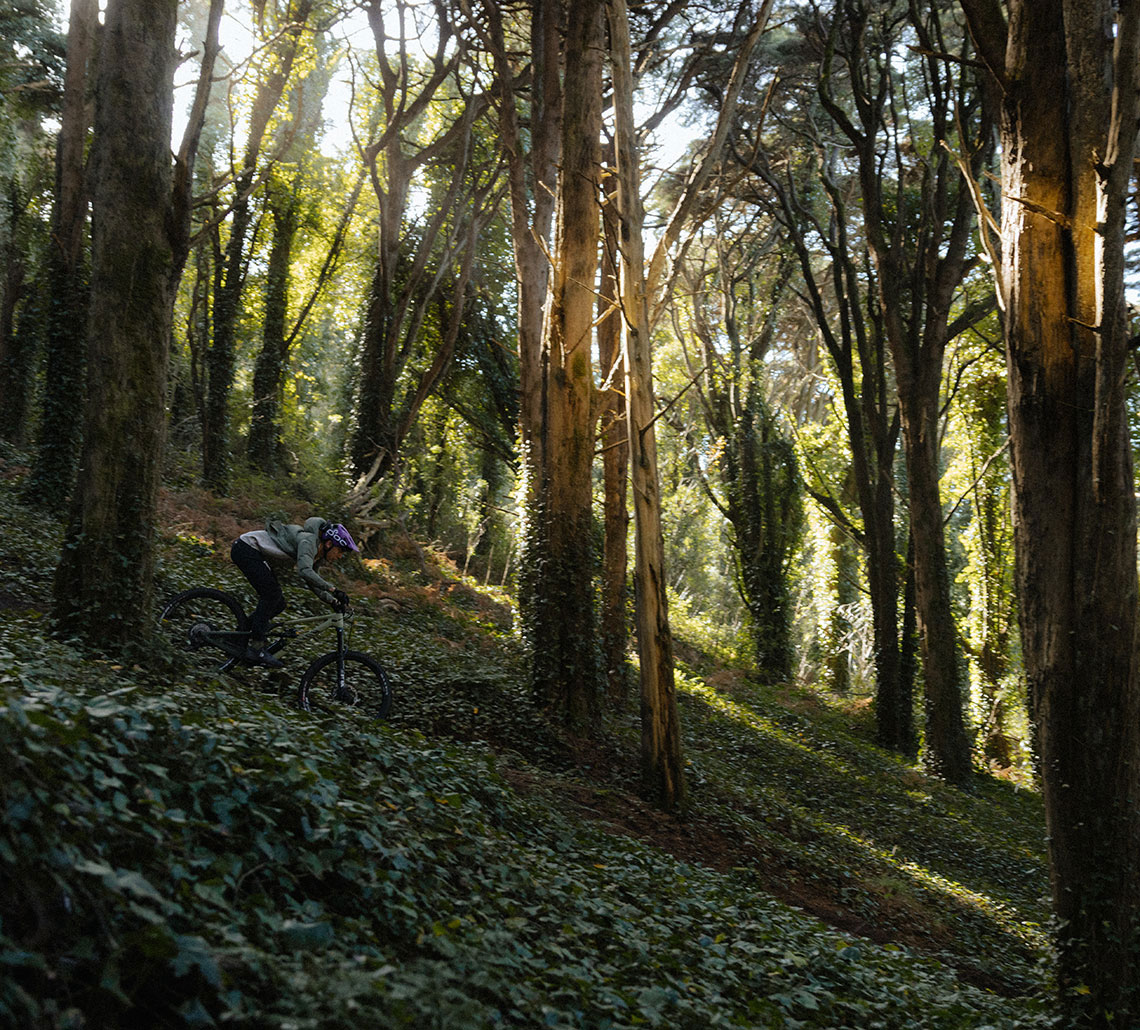
And now? Pedal to the metal!
